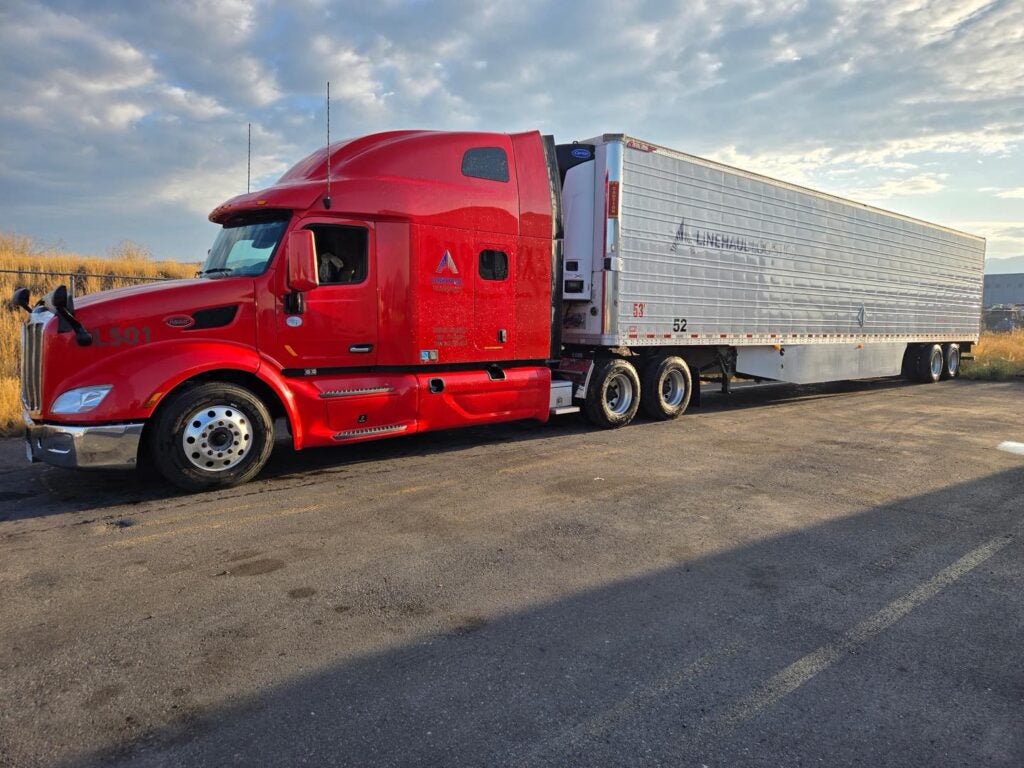
There are slew of regulatory issues on the horizon that will affect freight brokerage businesses, either directly or indirectly. Here are five regulations currently working their way through the system—and why you should care.
1. MC numbers eliminated
As part of the new Unified Registration System (URS), the FMCSA will no longer use MC, FF, or MX numbers, and will instead identify carriers, brokers and freight forwarders solely by their USDOT number.
When will it happen? Implementation of the URS was scheduled for October 23, but the FMCSA delayed it, promising to announce a new deadline soon.
UPDATE 10/21/15: FMCSA announced today that the implementation of the new Unified Registration System has been delayed until September 30, 2016. For more information, see the notice published in the Federal Register.
Why should brokers care? All brokers will be required to update their information in the URS every two years or pay a fine. Also, brokers will now need to identify carriers by their USDOT numbers instead of MC numbers. To look up a carrier’s USDOT number, check the DAT Directory in your load board. Full information on the carrier’s authority and CSA scores, as well as copies of their actual insurance certificates, are available in DAT CarrierWatch®. For more information, read our blog post: Goodbye MC Numbers, or visit the FMCSA’s URS info page.
2. Driver coercion
A new rule prohibits brokers, shippers, receivers, or carriers from coercing drivers to violate hours of service rules or other regulations.
When will it happen? FMCSA expects to publish the final rule on October 29.
Why should brokers care? The new rule enables drivers to report coercion to the FMCSA or the Occupational Safety and Health Administration (OSHA) and penalizes brokers or others found to have coerced drivers with fines of up to $11,000 per offense. The Transportation Intermediaries Association (TIA) opposes this regulation because it assumes an employer-employee relationship between the broker and driver, under certain conditions. The inclusion of OSHA as an enforcement agency implies that drivers who complain of coercion may be treated as whistleblowers.
3. Carrier Safety Fitness Determination
The FMCSA plans to implement a new methodology to determine when a motor carrier is fit or unfit to operate. The safety fitness determination (SFD) would rely on CSA BASIC scores, investigations, inspections, or a combination of those elements.
When will it happen? The FMCSA was scheduled to release a Notice of Proposed Rulemaking on September 30, but that has not yet occurred. The proposed rulemaking will be followed by a public comment period before the final rule is published.
Why should brokers care? Currently, the FMCSA conducts a time-consuming physical inspection in order to assign a safety rating to a carrier. The FMCSA only inspects about 12,000 of the more than 500,000 active carriers per year. This new safety fitness determination has the potential to cover more carriers, and to provide a single score that indicates whether the FMCSA considers the carrier’s operation to be safe and legal.
4. National Carrier Hiring Standard
This legislation will require that all brokers or shippers ensure that each carrier they hire is properly registered with the FMCSA, holds minimum insurance coverage, and does not have an “unsatisfactory” safety rating.
When will it happen? TIA has been working to get this standard inserted into the next long-term highway funding bill. The extension of the current highway bill will expire on October 29, but Congress may pass another short-term extension without including any new measures before December.
Why should brokers care? Brokers would benefit from a national standard, because it would help to eliminate guesswork on carrier selection. For example, if a carrier is deemed safe by the FMCSA, the broker may be relieved of legal liability if that carrier is involved in a serious accident.
5. Electronic logging devices
All carriers will be required to deploy electronic logging devices (ELDs) in their trucks, in place of paper logs, to track drivers’ hours of service.
When will it happen? The final rulemaking is scheduled to be published October 30, and all carriers must comply within two years.
Why should brokers care? Although many large carriers have already implemented ELDs successfully, some pundits estimate that the devices could reduce carrier productivity—at least initially—by anywhere from 3-5 percent to 6-10 percent.


